Featured Research

Evacuation strategies and techniques during mass shooting events are critical to maximizing survivability. VRAC researchers Soumik Sarkar and Stephen Gilbert, alongside Joanne Marshall (ISU School of Education) and Subhadeep Chakraborty (U Tennessee Knoxville) have used NSF funding to develop an all-in-one active shooter detection, egress routing, and communication solution to track active shooters and safely evacuate buildings. The system is called ASTERS.
Mass shootings continue to be a problem in the U.S. While increased security, drills, and training have become more common in U.S. schools, their benefits are inconclusive (Curran et al., 2019; Moore–Petinak et al., 2020). As schools adopt more technology infrastructure within buildings, another avenue to limit deaths is using cameras and smart audio directives to route potential victims away from the active shooter effectively. VRAC has conducted multiple studies on the effectiveness of machine–learning shooter detection algorithms and video and audio–based evacuation directions to evacuees.


The ASTERS project uses a three–step approach to evacuation during active shooter events. First, cameras using computer vision to recognize the shooter’s location automatically. Second, safe and efficient egress routes are calculated for each group of evacuees. Finally, those egress routes must be communicated to the evacuees—a potentially difficult task in a situation where their cognitive load and stress are high.
ASTERS is a distributed, real-time system based on Internet of Things (IoT) principles. Distributed camera devices transmit feeds to high-powered, CUDA-enabled detection servers, which use machine learning to determine where the active shooter is in the building. Next, the system uses the school floorplan and a route-finding algorithm developed at the University of Tennessee to calculate optimal evacuation directions for each person, given the shooter’s location. Finally, multiple methods may be used to communicate these directions to evacuees. What ASTERS has found, though, is that smart audio directions communicated by distributed speakers convey directions better than smart signage. ASTERS was tested using both 3D simulation and in real school buildings with students in a drill.

Publications
Curran, F. C., Fisher, B. W., & Viano, S. L. (2020). Mass School Shootings and the Short-Run Impacts on Use of School Security Measures and Practices: National Evidence from the Columbine Tragedy. Journal of School Violence, 19(1), 6–19.
https://doi.org/10.1080/15388220.2019.1703713
Moore-Petinak, N., Waselewski, M., Patterson, B. A., & Chang, T. (2020). Active Shooter Drills in the United States: A National Study of Youth Experiences and Perceptions. Journal of Adolescent Health, 67(4), 509–513.
https://doi.org/10.1016/J.JADOHEALTH.2020.06.015